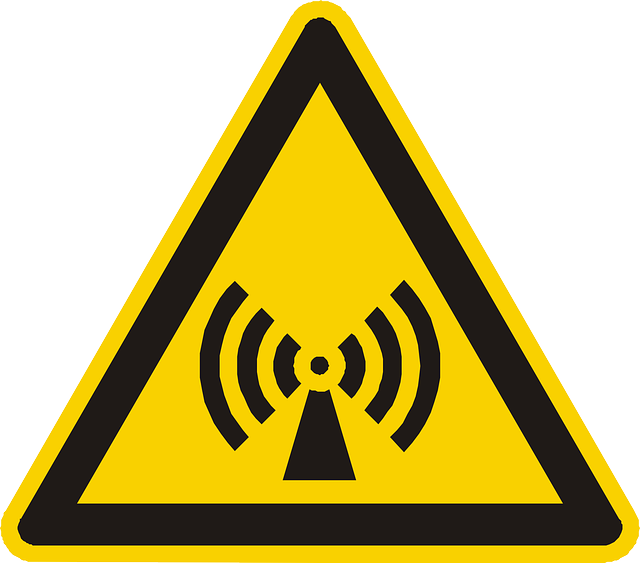Cercasi esperti per valutare gli effetti sulla salute dell’esposizione ai campi elettromagnetici: entro il 14 novembre
La Commissione europea ha recentemente chiesto al Comitato scientifico sui rischi sanitari, ambientali e emergenti (SCHEER) un parere sulla sicurezza dei campi elettromagnetici. Serve un gruppo di esperti nei settori della biologia cellulare e biofisica ma anche della biologia e tossicologia dei vertebrati.





